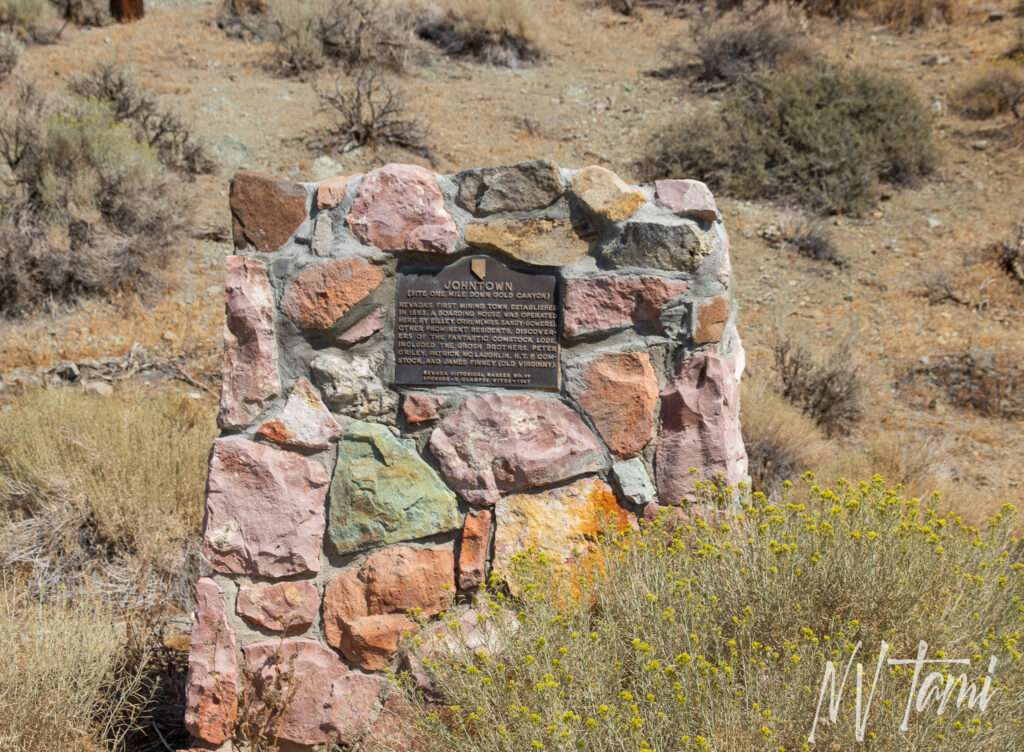
On the way home from a Labor Day trip up Jumbo Grade, I decided to look for the ghost town of Johntown. I learned that the obscure town was Nevada’s first mining camp which also became Nevada’s first ghost town. Even though nothing remains, Johntown was once home to the movers and shakers of the Comstock. While the town is forgotten by many, it played a vital role in the Comstock Lode.
Gold Canyon
Following the discovery of gold in Chinatown, now Dayton, in 1849, prospectors expanded their search for riches. In 1852, they worked their way up Gold Canyon, moving from bar to bar, primarily using rockers to extract the gold. Many miners made a good wage, between $5 and $10 per day.
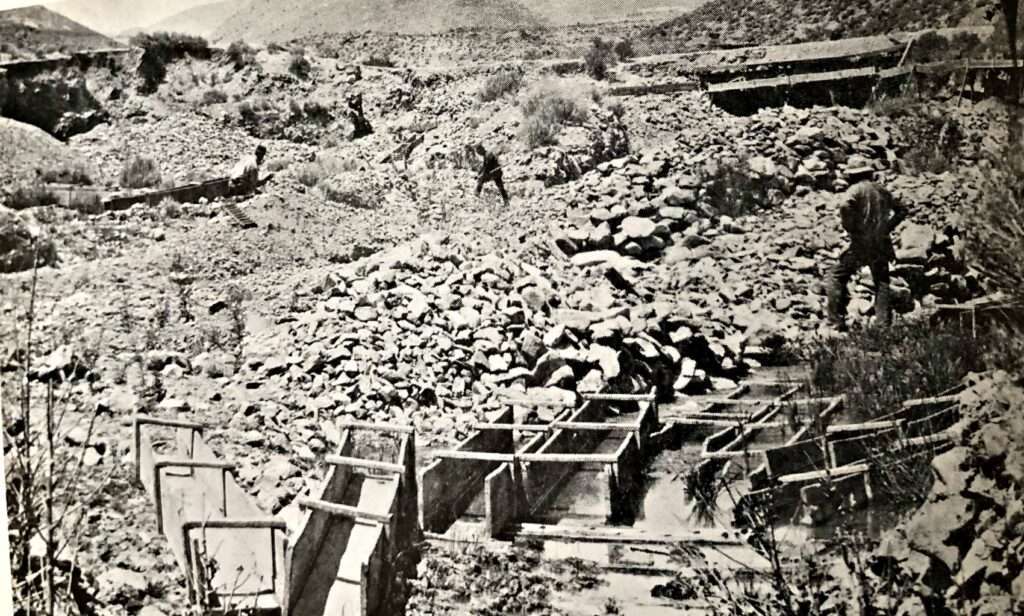
(Photo credit: Wikipedia)
Due to lack of water, claims in Gold Canyon were worked primarily in the winter and spring. While in the spring of 1853, two to three hundred miners would be working. In summer, the number diminished to only forty to fifty. Miner James Fenemore set up his claim and tent in the canyon, midway between Dayton and Silver City.
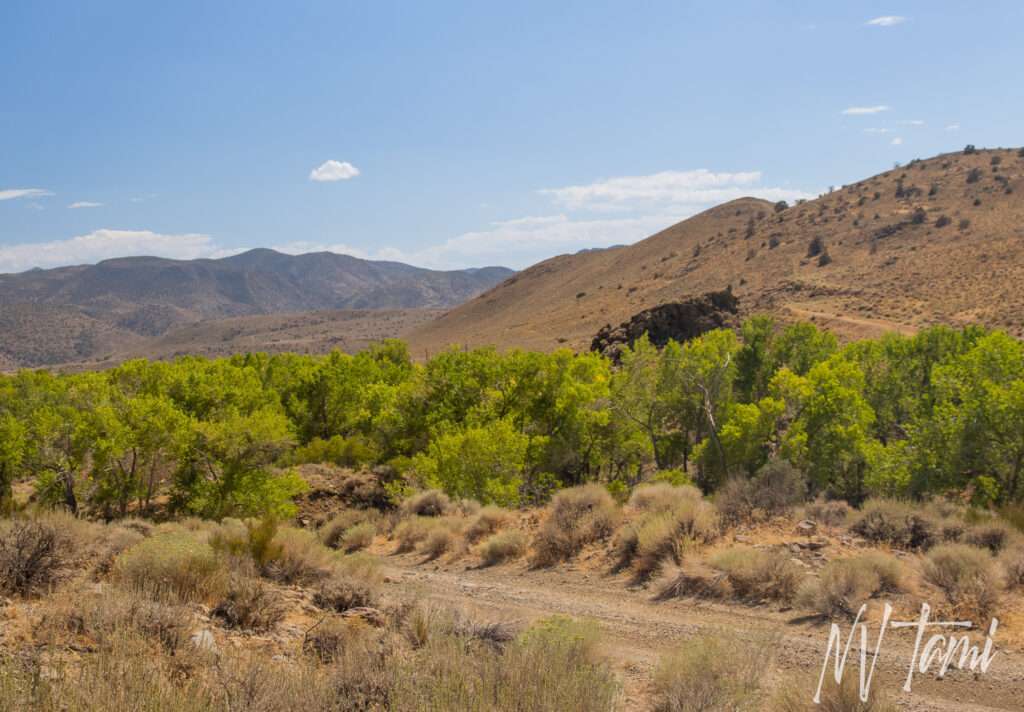
The location was ideal, and in 1853 a small settlement developed. Soon, Johntown had a dozen dwellings, some only tents or shanties. The new town was also home to boarding houses and saloons. Many miners preferred to camp during the summer. Between 1856-1858 Johntown was the most significant mining town in the Utah Territory.
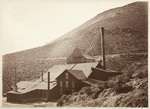
(Photo credit: California Library)
Johntown boasted at least four mills: Excelsior, Swansea, Phoenix, and Kellogs. In 1862, Ivy Mead, John McCone, and Mr. Tascar made plans to construct a foundry at Johntown. Nevada Foundry was completed in the fall of 1865 and was the first of a kind in the Nevada territory. They sold castings at ten cents a pound.
A most excellent machine for reducing crushed ore to an impalpable powder…It is exceedingly simple and required little power to drive it–yet, it accomplished the object for which it was desidgned, in the most perfect manner.
Gold Hill Daily News, 1863
Movers & Shakers
Many of the biggest names of the Comstock Lode once called Johntown home.
Eilley Bowers

Before making her fortune in Virginia City, Eilley operated a boarding house in Johntown. She would go on the build her beautiful estate, Bowers Mansion, in Washoe Valley and become “The Famous Washoe Seeress.”
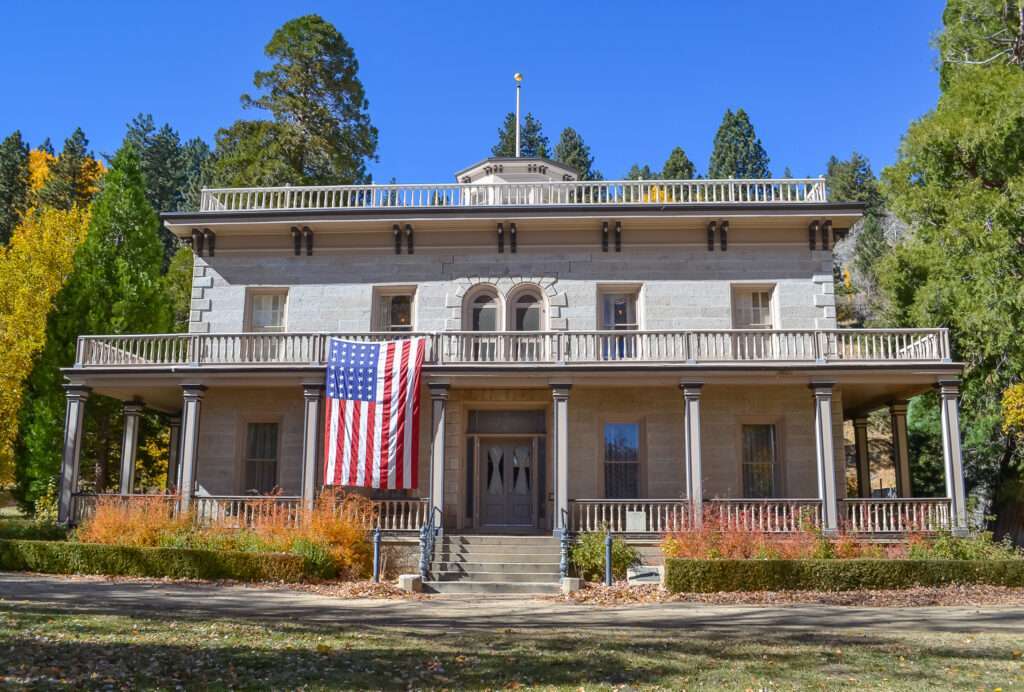
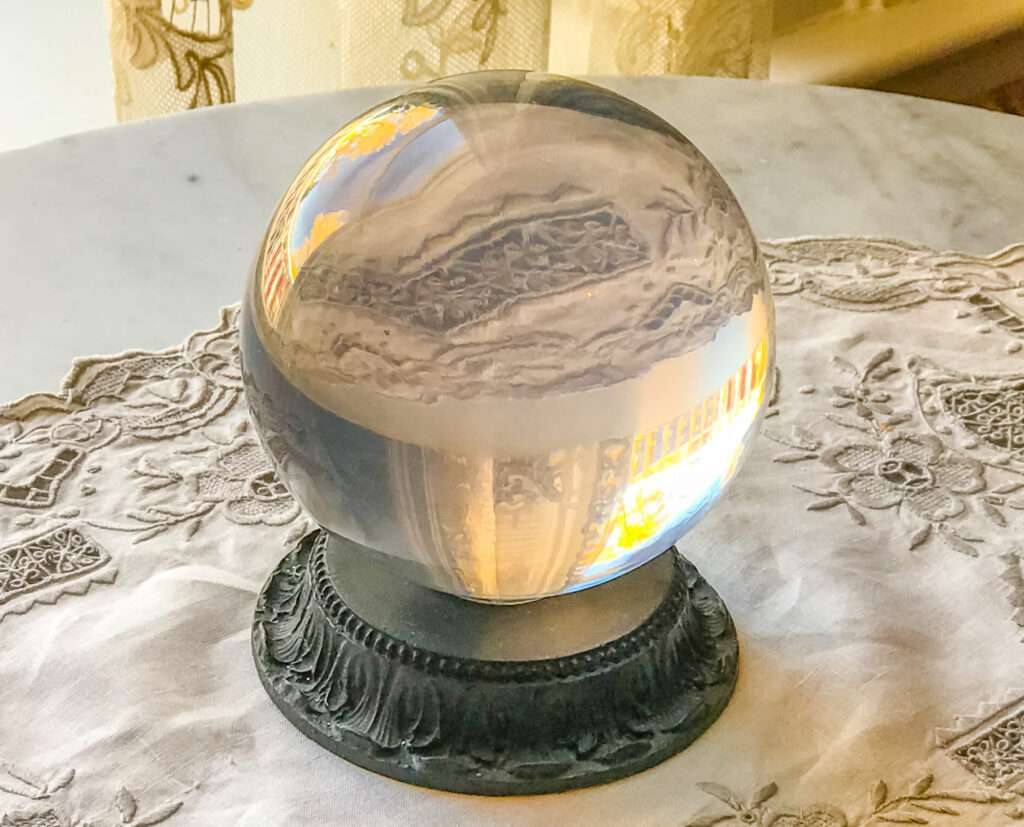
Grosh Brothers

(Photo credit: Las Vegas Review)
Many claim the Grosh Brothers discovered the Comstock Lode, not Henry Comstock. In the summer of 1857, the brothers discovered a “monster ledge” of silver in the Virginia Range. Soon after their fabulous find, Hosea injured his foot and died from the resulting infection.
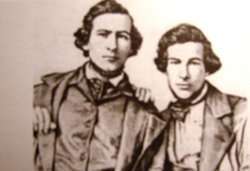
Allen set off for California with samples to assay. He left Henry Comstock in charge to overlook their claims and cabin. Allen attempted to cross the unforgiving Sierras in November, resulting in frostbite on his feet. Refusing amputation, Allen succumbed to his injuries in Last Chance, California.
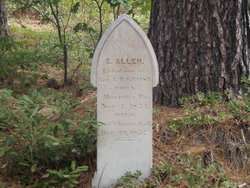

Had Allen safely made his journey, his family could have been wealthy beyond belief, and the Comstock Lode may have been called “The Grosh Lode.”
Henry Comstock
The Grosh brothers left their “good friend,” Henry Comstock, in charge of their belongings. In the spring of 1858, Henry learned of Allen’s death. A partner of the Grosh brothers alleged that Henry ransacked their cabin to find the location of their rich ledge of ore. Others believe the brothers did not trust Henry and would not have left any information identifying their discovery.
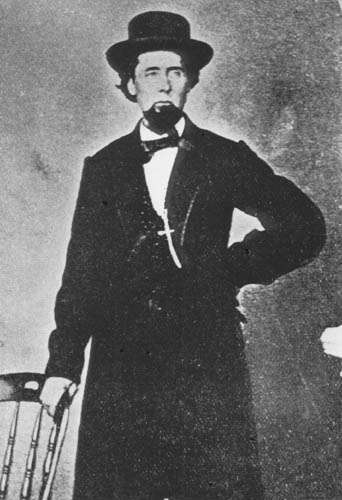
Lacking the funding to work the claim, Comstock sold in 1861. Unfortunately for Comstock, this was prior to discovering the most prominent silver vein that would kick off the Nevada Silver rush. Comstock barely broke even on the mine. He spent the rest of his life trying to find another Comstock Vein but died from suicide by gunshot in 1870.
“Old Virginny”
Johntown was also home to “Old Virginny,” the namesake of Virginia City.
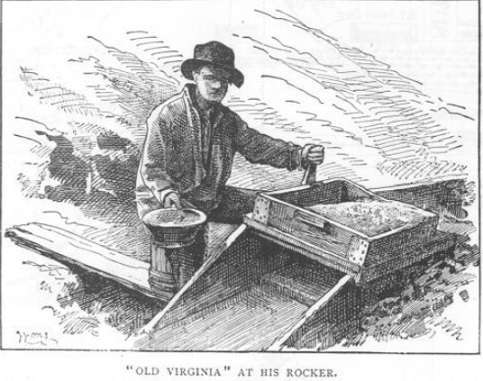
The story “Old Virginny,” is fraught with conflicting information. His name was James Fennimore, or Fenimore, or maybe even Finney. In 1817, James was born in Virginia, thus the nickname “Old Virginny.” He followed the California Gold Rush in 1849. In 1850, or was in 1851, James headed east to try his luck in Gold Canyon.
William Hickman Doleman describes Fennimore as a…
…frontier hunter, and miner, a man of more than ordinary ability in his class, a buffoon and a practical joker: a hard drinker when he could get the liquor, and an indifferent worker at anything.
Before the Comstock 1857-1858
According to local legend, Old Virginny returned home one night drunk. (Hmmm, maybe he enjoyed one too many Tarantuala Juices at Dutch Nick’s; see the recipe below). Falling to the ground, his bottle of precious liquor broken, he exclaimed, “I baptize this ground, Virginia Town!”
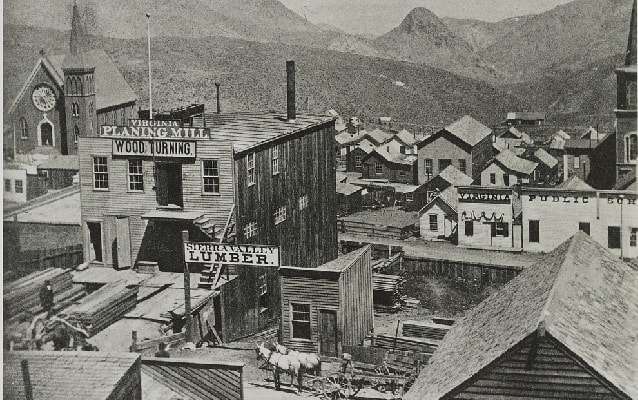
(Photo credit: NPS)
Virginia City’s christening might not have happened exactly that way. Old Virginny didn’t live long enough to retell the story too many times. He fell from his horse or was kicked off a bucking bronc in nearby Dayton. The one consistent piece of information is that alcohol was likely involved and that regardless of his method of departure from the horse, Old Virginny landed on the ground, fracturing his skull. This occurred on June 20, 1861. (Or was it April 26, 1861? July perhaps? Or not until four years later in 1865?)
“Dutch Nick”
1857 Nicholas Ambrose, better known as “Dutch Nick,” opened a satellite of his popular saloon near Johntown. The establishment was known for music, dancing, gambling, and lots of drinking.
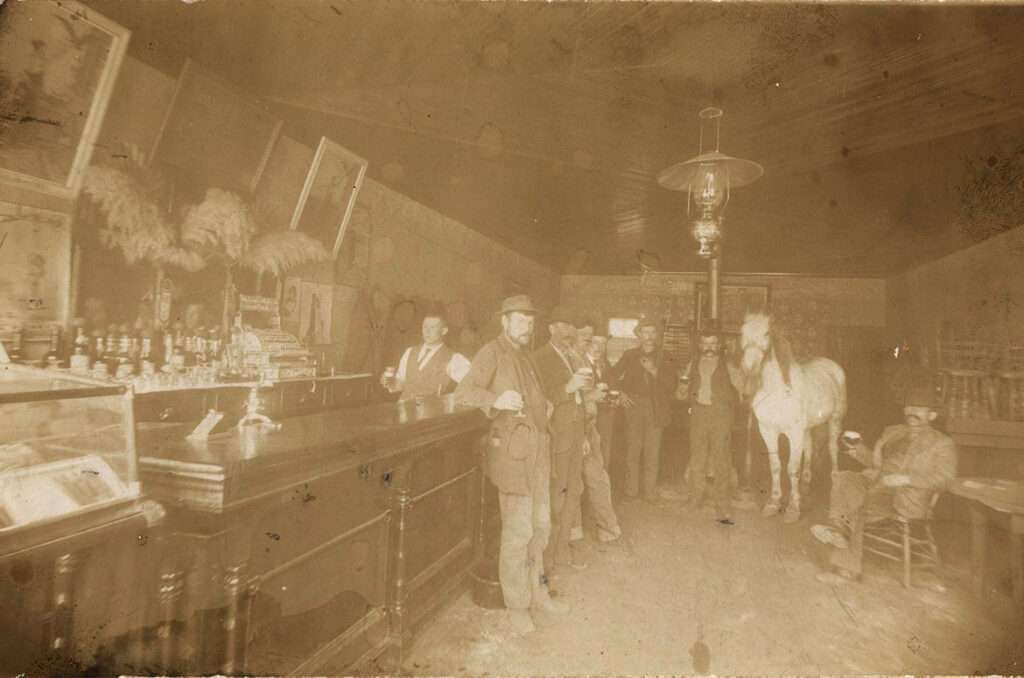
(Photo credit: Vine Pair)
Card games included blackjack and faro. Dan De Quille wrote when the miner’s gold bags were too “painfully plethoric to carry around” saloon owner Jacob Job and Carson Valley rancher Billy Williams were more than happy to deal cards and relieve them of their heavy burden.

(Photo credit: Fandom)
Dutch Nick’s was famous for his “tarantula juice.” If the name sounds bad, the ingredients sound even worse: wood alcohol, chewing tobacco juice, turpentine, formaldehyde, ammonia, gunpowder, strychnine and an extra “kick” of cayenne pepper. One of my favorite local historians, Karen Dustman, explains the name could have originated from several sources.
Some say the name derived from the drink’s after-effects, said to resemble the sensation of bugs crawling over your skin. Others noted that drinking whiskey until you were intoxicated was an accepted remedy for a real-life tarantula bite. Or perhaps it was simply the ‘bite’ of that first awful swallow that gave the drink its name.
Karen Dustman: Clairitage Press
A Princess & Grand Ball
Johntown was a happening place. Most weekends, a “Grand Ball” was held at Dutch Nicks. With two to three hundred miners, the three white women in town would have danced into exhaustion. To “make up the set,” “Princess,” Sarah Winnemucca was often invited. That means there were four women to 300 men!

When the orchestra – a “yaller-backed fiddle” – struck up and the “French Four” was in order, the enthusiastis Johnstowners went forth in the dance with ardor and filled the air with splinters from the puncheon floor.
Dan De Quille: The Big Bonanza
Gold Canyon Switch
In 1854 Joseph Webb, a partner of Old Virginny, published Johntown’s and Nevada’s first newspaper, the Gold Canyon Switch. The publication was hand-written. Only a single copy was printed on foolscap, the standard size of paper in Brittian.
These papers were everywhere eagerly read.
Dan De Quille: The Big Bonanza
Famous Comstock Author Dan De Quille described the Gold Canyon Switch as “spicy weekly papers.” The copy was passed from miner to miner to disseminate the news.
Mining District and the end
Between 1857 to 1858, mining decreased in Gold Canyon. Periodically a rich deposit would be located, but many miners were only earning enough to barely scrape by. Miners expanded their search and, in 1857, moved into Six-Mile Canyon. In January 1858, miners met at Johntown and organized a quartz mining district. The district would be the first on the eastern slope of the Sierras, north of Mexico.

(Photo credit: WNHPC)
As mining moved farther north and east, miners and business owners relocated. Dutch Nick relocated his saloon to Gold Hill, becoming the first permanent structure in the new town. Eilley Bowers moved her boarding house, making herself and Dutch Nick the first two business owners in Gold Hill.
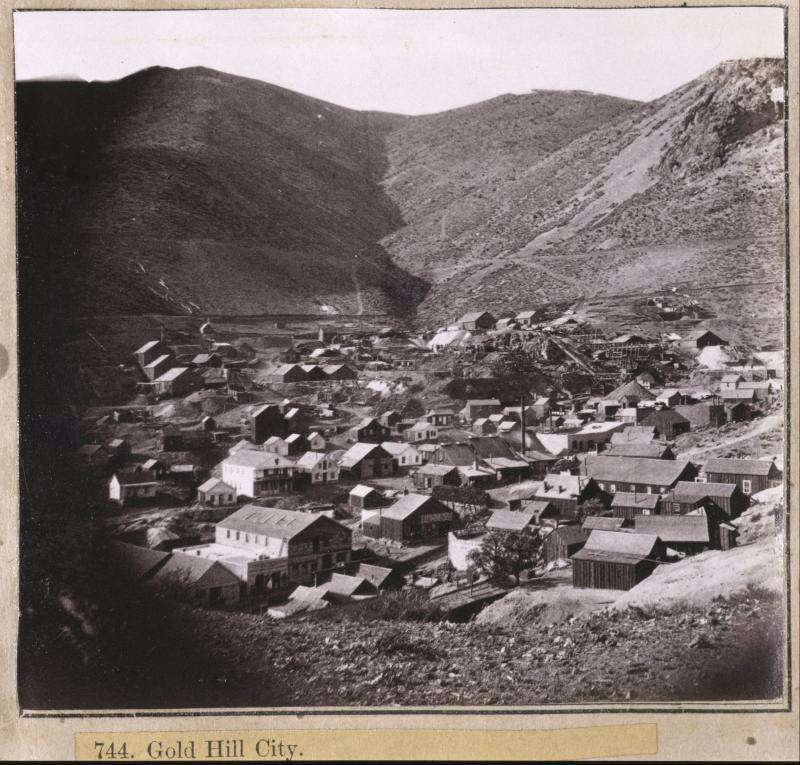
(Photo credit: WNHPC)
With the discovery of the Comstock Lode, settlers moved further up the canyon to Gold Hill and Virginia City. Within ten years, Johntown went from the largest mining camp in the territory to in 1860 becoming Nevada’s original ghost town.
What’s in a name?
The location of Johntown was worked by Chinese placer miners in the 1850s. They were originally brought from California in 1856 to dig ditches, bringing water from the Carson River to the mines and mills.

(Photo credit: Nevada Magazine)
I assumed the town was named after “John,” but you know what they say about assumptions. Johntown was named after “John Chinaman,” an 1870s character created by cartoonist Thomas Nash.

Ruins

I have not heard of anyone locating the townsite or evidence of Johntown, but I took a drive down Gold Canyon. Much of Gold Canyon is now private property, which includes a large grouping of houses and quarry. I found one stone foundation closer to Gold Hill, but the location is a mile from the location of Johntown.
Any permanent structures of Johntown, were likely moved up that canyon to Gold Hill, Silver City, or Virginia City. Thus, Nevada’s first ghost town is only a mark on a map and a memory of those who know the tale.
Want more ghost towns?
For information on more than five hundred ghost towns in Nevada & California, visit the Nevada Ghost Towns Map or a list of Nevada ghost towns.

References
- Backyard Traveler: The Final Resting Place of the Enigmatic “Old Virginny”
- Clairitage Press: Dutch Nick and Empire Nevada
- De Quille, Dan: The Big Bonanza. Nevada Publications, 1974. Pages 9-13, 21
- Destination Nevada: Johntown, Nevada: Lyon County Ghost Town
- Gamett, James and Stan Paher. Nevada Post Offices: An Illustrated History. Nevada Publications, 1983.
- Legends of America: Early mining discoveries in Nevada
- Lingfenfelter, Richard E. And Karen Rix Gash. The Newspapers of Nevada: A History and Bibliography 1854-1979. University of Nevada Press, 1984. Page 122.
- Lord, Eliot. Comstock Mining and Miners. Howell-North Books, 1883. Page 33.
- Nevada Ghost Towns and Mining History: Virginia City Union Iron Works
- Nevada News Group: Johntown, Neveda’s first ghost town
- Nevada State Journal: Pioneer Times in Dayton Recalled in Brief review of Activities of one of the State’s Well known families. December 1, 1940.
- New Mexico Historical Review: Before the Comstock, 1857–1858: Memoirs of William Hickman Dolman
- Notes from the Frontier: Firewater, Coffin Varnish, and Tarantula Juice
- Shamberger, Hugh A. The Story of the Water Supply for the Comstock: Including the towns of Virginia City, Gold Hill, and Silver City, Nevada. United States Government Printing Office, 1972.
- True West Magazine: No luck for Comstock
- Wikipedia: Johntown, Nevada
Follow me on social media:
Anonymous says
Your work is captivating!
Tami says
Thank you, that means a lot to me!
BILL says
THANK YOU FOR SENDING ME THESES ARTLES THEY ARE VERY INTRESTING I INJOY THEEM VERY MUCH
Tami says
Thank you for subscribing, I am so glad you are enjoying them!
Stephen Woerner says
Have you seen the book Twenty Miles from a Match, homesteading in N. NV. published by UNR? I’m a great grandson of Sarah Olds. Enjoy, Steve Woerner
Tami says
Sounds interesting; I haven’t heard of that book. I was talking with Stan Paher yesterday about his book collection, I wonder if he has a copy.